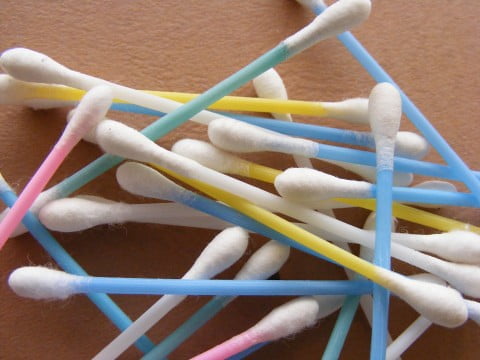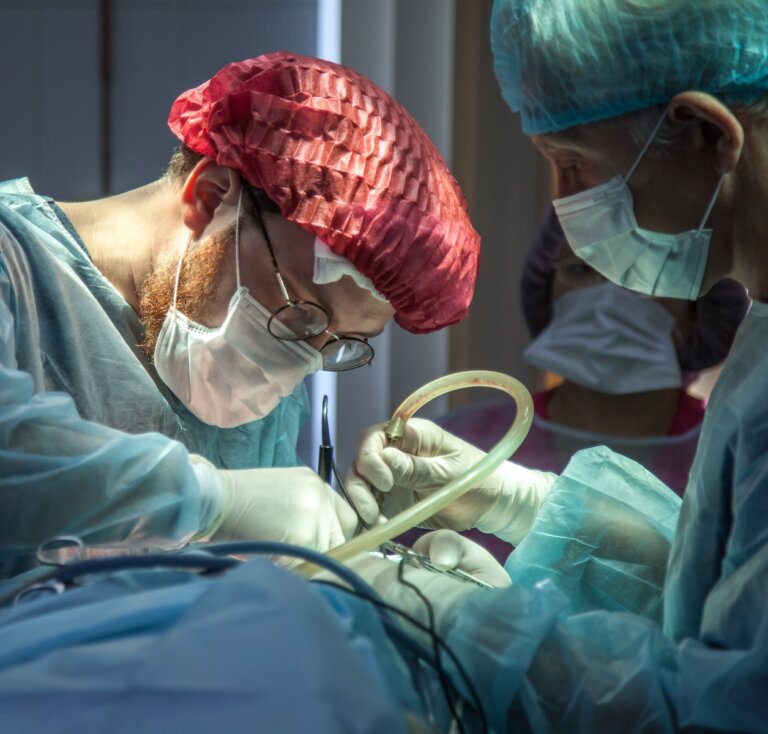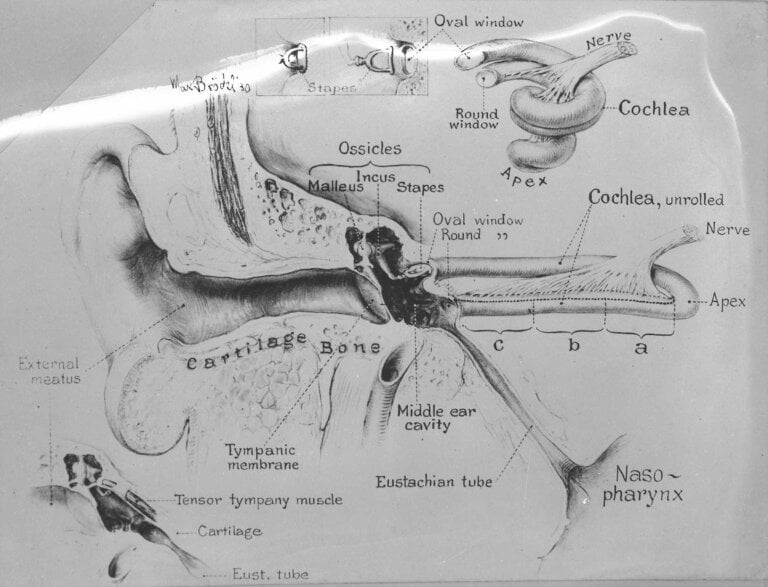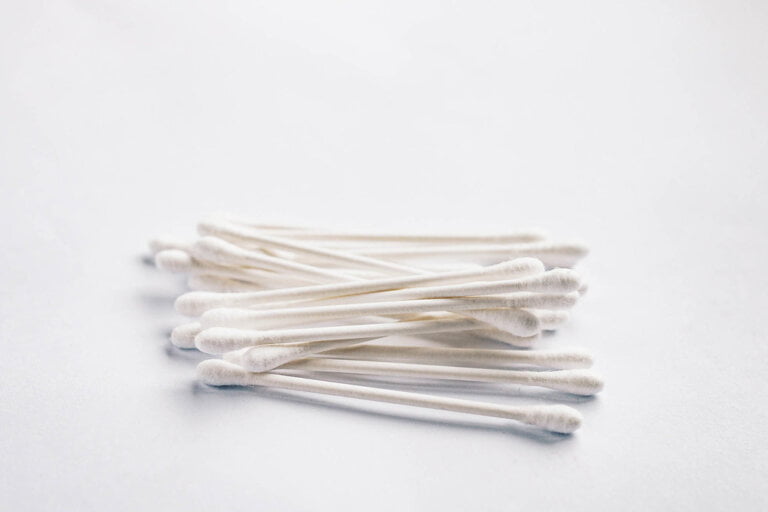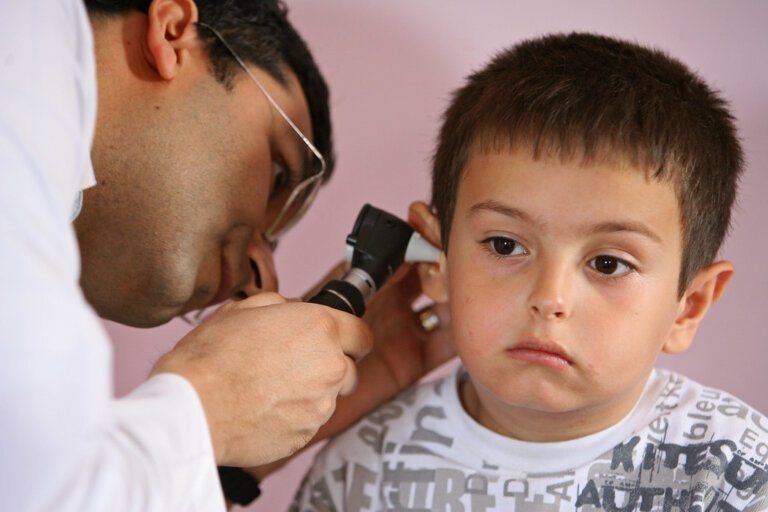Pioneering Progress: The Latest Innovations in Professional Ear Wax Removal
Introduction
Ear wax, also known as cerumen, is a natural substance produced by the glands in the ear canal. It plays a crucial role in protecting the ear from dust, debris, and bacteria. However, excessive accumulation of ear wax can lead to discomfort, hearing loss, and even infections. This is where ear wax removal techniques come into play. In this article, we will explore the latest innovations in ear wax removal techniques, highlighting their benefits and features.
1. Microsuction
Microsuction is a cutting-edge technique that utilises a suction device to gently remove excess ear wax. This method is considered one of the safest and most efficient ways to eliminate ear wax without causing any discomfort or damage to the ear canal.
Advantages of Microsuction:
- Precision: The suction device used in microsuction allows for precise control, ensuring the complete removal of wax without harming the delicate structures of the ear. This is particularly important in cases where the wax is impacted or close to the eardrum.
- Suitable for all: Microsuction can be used on individuals of all ages, including children and those with sensitive ears. It is a versatile technique that can be adapted to different ear wax conditions.
Microsuction is often performed by trained healthcare professionals, such as audiologists or ear, nose, and throat specialists. It is highly recommended for individuals with a history of ear infections, perforated eardrums, or those who have undergone ear surgery.
2. Endoscopic Visualisation
Endoscopic visualisation is another ground-breaking innovation in ear wax removal. This technique involves the use of an endoscope, a thin, flexible tube with a camera and light attached to it. The endoscope provides a clear and magnified view of the ear canal, enabling healthcare professionals to safely remove ear wax.
Benefits of Endoscopic Visualisation:
- Enhanced visibility: The camera on the endoscope allows for a detailed examination of the ear canal, ensuring thorough wax removal. Healthcare professionals can visualise hard-to-reach areas and identify any abnormalities or underlying conditions within the ear.
- Minimal discomfort: By visualising the ear canal, healthcare professionals can avoid unnecessary manipulation, reducing any discomfort experienced by the patient. This is especially beneficial for individuals with sensitive or inflamed ear canals.
- Accurate diagnosis: In addition to removing ear wax, endoscopic visualisation enables healthcare professionals to identify any underlying conditions or abnormalities within the ear. This can aid in the diagnosis and treatment of various ear-related issues.
Endoscopic visualisation is commonly used in conjunction with other techniques, such as microsuction or irrigation, to ensure comprehensive and effective ear wax removal.
3. Irrigation
Irrigation, also known as ear syringing, is a traditional method of manual instrument ear wax removal that has undergone significant advancements in recent years. The procedure involves the gentle introduction of warm water or saline solution into the ear canal to dislodge and flush out ear wax.
Key features and benefits of irrigation:
- Versatility: Irrigation can be performed using various devices, such as bulb syringes or specialised irrigation kits, allowing healthcare professionals to cater to individual needs. The choice of device depends on the patient’s comfort and the severity of the ear wax build up.
- Quick and efficient: The force of the water or saline solution dislodges ear wax, making irrigation a swift and efficient method of ear wax removal. It is particularly effective for soft or mild wax accumulations.
It is important to note that irrigation should be performed by trained healthcare professionals to ensure safety and prevent any damage to the ear canal or eardrum. Individuals with a history of ear infections, perforated eardrums, or ear surgeries should consult a healthcare professional before considering irrigation. Irrigation has a higher incidence of complications compared to other methods of ear wax removal. Complications may include, infection, perforation of the eardrum, tinnitus, pain, bruising, bleeding and hearing loss. This is why at Hearing First we NEVER syringe.
4. Manual Instrument Kits
Manual instrument kits have evolved significantly, offering a wide range of innovative tools specifically designed for ear wax removal. These kits usually include various instruments such as hooks, curettes or scoops, and forceps.
Notable features of manual instrument kits:
- Customisation: With different instrument options available, healthcare professionals can choose the most suitable tools based on the patient’s individual requirements. This allows for a personalised approach to ear wax removal, ensuring optimal results and patient comfort.
- Sterilisation: Most manual instrument kits are single use or come with sterilisation methods to ensure safety and hygiene during the ear wax removal process. Proper sterilisation techniques minimise the risk of infection and cross-contamination.
- Flexibility: Manual instrument kits offer flexibility in terms of technique, allowing healthcare professionals to adapt their approach based on the patient’s ear wax condition. Different instruments can be used for different consistencies of wax, ensuring thorough removal.
It is important to note that manual instrument kits should only be used by trained healthcare professionals who have the necessary knowledge and skills to perform ear wax removal safely and effectively.
Conclusion
The world of ear wax removal has seen remarkable advancements, thanks to ongoing research and technological innovations. Techniques such as microsuction, endoscopic visualisation, irrigation, and the availability of comprehensive manual instrument kits have transformed the way ear wax is safely and effectively removed.
These cutting-edge methods have significantly improved patient comfort, precision, and overall success rates. Medical professionals continue to pioneer progress in this field, and we can expect further innovations that will continue to enhance the ear wax removal process.
It is important to consult a healthcare professional for proper diagnosis and guidance on the most suitable method of ear wax removal based on individual needs and conditions. With the right techniques and tools, ear wax removal can be a safe, comfortable, and effective procedure, ensuring the well-being of your ears and overall hearing health.


